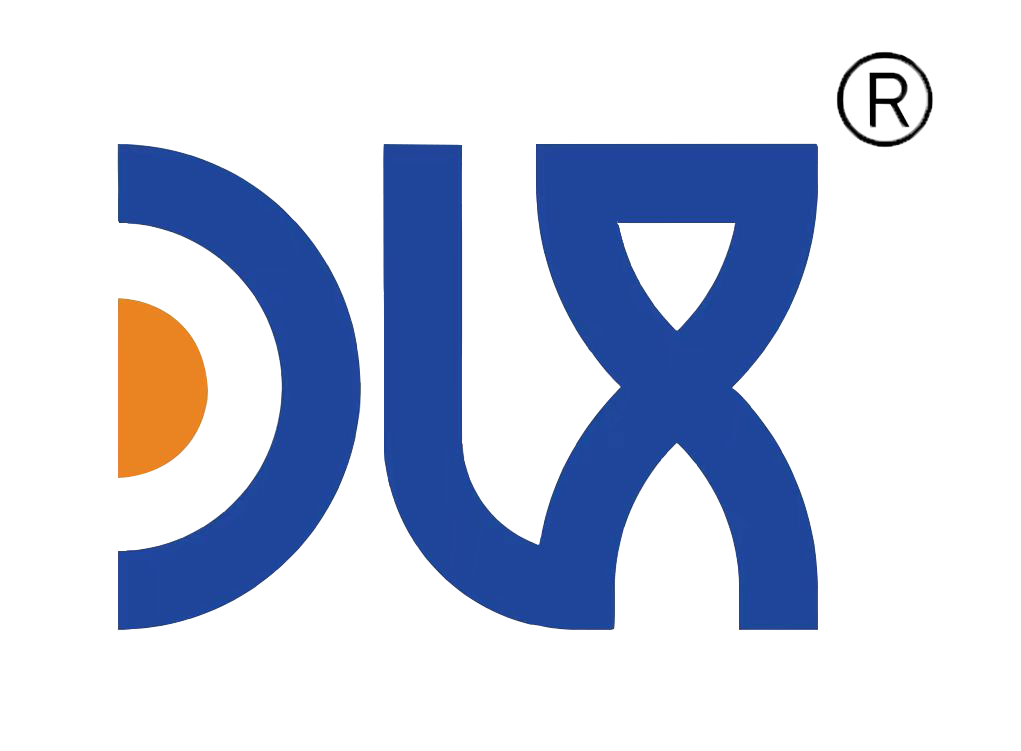
The 0Cr27Al7Mo2 alloy bar is a FeCrAl-based high-temperature material enhanced with molybdenum (Mo), offering superior oxidation and corrosion resistance compared to conventional ferritic heating alloys. Its composition—approximately 27% chromium, 7% aluminum, and 2% molybdenum—provides excellent stability under thermal cycling and prolonged exposure to oxidizing atmospheres. The molybdenum addition improves high-temperature creep resistance and structural integrity, making this alloy suitable for applications above 1350°C.
This material exhibits excellent electrical resistivity, high melting point, and low deformation rate at elevated temperatures. Its dense oxide film (mainly alumina, Al₂O₃) forms quickly and adheres strongly to the surface, preventing spallation and extending component lifespan under fluctuating temperatures.
For more details, pls directly contact us
0Cr27Al7Mo2 alloy bars are widely used in:
-
Industrial furnaces and kilns for heat treatment and sintering
-
Electric heating elements for ceramic, glass, and metallurgical industries
-
Furnace supports, radiant tubes, and heat-resistant structural parts
-
High-efficiency heating coils for household and industrial appliances
-
Energy systems including battery and solar heater components
This alloy’s balance of oxidation resistance, strength, and formability makes it ideal for both static components and dynamic heating systems.
|
Alloy Nomenclature Performance |
1Cr13Al4 |
0Cr21Al6 |
0Cr23Al5 |
0Cr21Al4 |
0Cr27Al7Mo2 |
|||
|
Chemical Compostion (%) |
Cr |
12.0-15.0 |
23.0-26.0 |
19.0-22.0 |
20.5-23.5 |
18.0-21.0 |
21.0-23.0 |
26.5-27.8 |
|
Al |
4.0-6.0 |
4.5-6.5 |
5.0-7.0 |
4.2-5.3 |
3.0-4.2 |
5.0-7.0 |
6.0-7.0 |
|
|
Re |
Opportune |
Opportune |
Opportune |
Opportune |
Opportune |
Opportune |
Opportune |
|
|
Fe |
Rest |
Rest |
Rest |
Rest |
Rest |
Rest |
Rest |
|
|
-- |
-- |
-- |
-- |
-- |
-- |
-- |
||
|
Max.Continuous service temp. of element |
950 |
1250 |
1250 |
1250 |
1100 |
1350 |
1400 |
|
|
Resistivity at 20C(μΩ.m) |
1.25 |
1.42 |
1.42 |
1.35 |
1.23 |
1.45 |
1.53 |
|
|
Density(g/cm) |
7.4 |
7.1 |
7.16 |
7.25 |
7.35 |
7.1 |
7.1 |
|
|
Thermal Conductivity(KJ/m.h) |
52.7 |
46.1 |
63.2 |
60.2 |
46.9 |
46.1 |
-- |
|
|
Coefficient of lines expansion(αx10-6/℃) |
15.4 |
16 |
14.7 |
15 |
13.5 |
16 |
16 |
|
|
Melting Point Approx(degree) |
1450 |
1500 |
1500 |
1500 |
1500 |
1510 |
1520 |
|
|
Tensile Strength(N/mm) |
580-680 |
630-780 |
630-780 |
630-780 |
600-700 |
650-800 |
680-830 |
|
|
Elongation at rupture(%) |
>16 |
>12 |
>12 |
>12 |
>12 |
>12 |
>10 |
|
|
Variation of area(%) |
65-75 |
60-75 |
65-75 |
65-75 |
65-75 |
65-75 |
65-75 |
|
|
Repeat Bending frequency(F/R) |
>5 |
>5 |
>5 |
>5 |
>5 |
>5 |
>5 |
|
|
Hardness(H.B.) |
200-260 |
200-260 |
200-260 |
200-260 |
200-260 |
200-260 |
200-260 |
|
|
continuous service time(Hours/ ºC) |
-- |
≥80/1300 |
≥80/1300 |
≥80/1300 |
≥80/1250 |
≥80/1350 |
≥80/1350 |
|
|
Micrographic structure |
Ferrite |
Ferrite |
Ferrite |
Ferrite |
Ferrite |
Ferrite |
Ferrite |
|
|
Magnetic properties |
Magnetic |
Magnetic |
Magnetic |
Magnetic |
Magnetic |
Magnetic |
Magnetic |
|
|
Shape |
Size (mm) |
|
Wire |
0.05-7.5 |
|
Rod |
8-50 |
|
Ribbon |
(0.05-0.35)*(0.5-6.0) |
|
Strip |
(0.5-2.5)*(5-180) |
For more details, pls directly contact us
The demand for FeCrAl-based materials like 0Cr27Al7Mo2 is increasing with the shift toward high-efficiency and low-emission industrial heating systems. As global energy systems modernize, manufacturers require materials that can handle higher process temperatures while maintaining electrical efficiency and long service life.
Molybdenum-modified FeCrAl alloys are becoming standard in next-generation furnaces, especially in energy-intensive industries such as ceramics, metallurgy, and advanced manufacturing. The trend also reflects sustainability goals—longer lifespan materials reduce replacement frequency and energy waste.
DLX Alloy continues to invest in research and production technology to meet these evolving market needs. By optimizing melting, rolling, and drawing processes, we ensure stable performance across temperature gradients and extended operational cycles.
Comparison Table: 0Cr27Al7Mo2 vs. Common FeCrAl Alloys
| Property | 0Cr21Al6 | 0Cr23Al5 | 0Cr27Al7Mo2 |
|---|---|---|---|
| Chromium (Cr) | 21% | 23% | 27% |
| Aluminum (Al) | 6% | 5% | 7% |
| Molybdenum (Mo) | — | — | 2% |
| Max Operating Temperature (°C) | 1250 | 1300 | 1400 |
| Oxidation Resistance | Good | Very Good | Excellent |
| Mechanical Strength | Medium | High | Very High |
| Creep Resistance | Moderate | Good | Excellent |
| Typical Applications | Heating wire | Furnace elements | High-temp furnace parts |
DLX Company Advantage
At DLX Alloy, we specialize in high-temperature materials like FeCrAl and Ni-based alloys, produced under strict quality control systems. Our vacuum melting and precision rolling ensure consistency in composition and microstructure.
Key advantages of DLX’s 0Cr27Al7Mo2 rods include:
-
Enhanced Surface Uniformity: Achieved through advanced drawing and annealing processes to maintain even resistance and mechanical strength.
-
Reliable Oxide Film Formation: Our controlled oxidation process ensures stable Al₂O₃ protection, even under rapid heating cycles.
-
Custom Processing Options: Tailored rod diameters, tolerances, and lengths for specific furnace designs.
-
Excellent Machinability: Facilitates efficient coil winding, shaping, and welding for electric furnace and heating systems.
-
Rigorous Testing: Every batch undergoes high-temperature endurance, resistivity, and oxidation resistance testing to ensure reliability in extreme applications.
DLX Alloy’s long-term cooperation with industrial partners allows us to continuously refine material performance, offering not just a product, but a full heating solution that ensures energy efficiency, stability, and long service life.
Article: 0Cr27Al7Mo2 – A Material Designed for the Future of Industrial Heating
At DLX Alloy, our 0Cr27Al7Mo2 FeCrAl bar represents a new generation of heat-resistant materials. Built for modern industrial challenges, it’s engineered to perform in environments where conventional alloys fail. The addition of molybdenum gives this material remarkable stability and strength under the harshest thermal and oxidizing conditions.
Unlike traditional heating materials that degrade under repeated heating cycles, 0Cr27Al7Mo2 maintains structural integrity and electrical performance. The surface forms a stable, self-healing aluminum oxide layer that resists spallation, even during temperature fluctuations. This makes it ideal for electric furnaces, high-temperature heaters, and thermal processing equipment that require both efficiency and longevity.
As industries move toward higher efficiency and environmental compliance, the materials used in heating systems must also evolve. DLX has recognized this need and invested in advanced melting and refining technologies to produce alloys that deliver unmatched performance.
Our 0Cr27Al7Mo2 alloy bar is not only a product—it’s the outcome of decades of material research, precision engineering, and collaboration with clients across metallurgy, ceramics, and renewable energy sectors. It’s a solution designed to lower maintenance costs, reduce downtime, and ensure stable performance in continuous production lines.
With the growing focus on sustainable industrial solutions, DLX’s FeCrAl-based alloys play a crucial role. By offering materials that last longer and perform more efficiently, we help industries reduce energy waste and extend equipment life. The future of high-temperature heating lies in advanced alloys like 0Cr27Al7Mo2—reliable, durable, and built to withstand the toughest conditions.
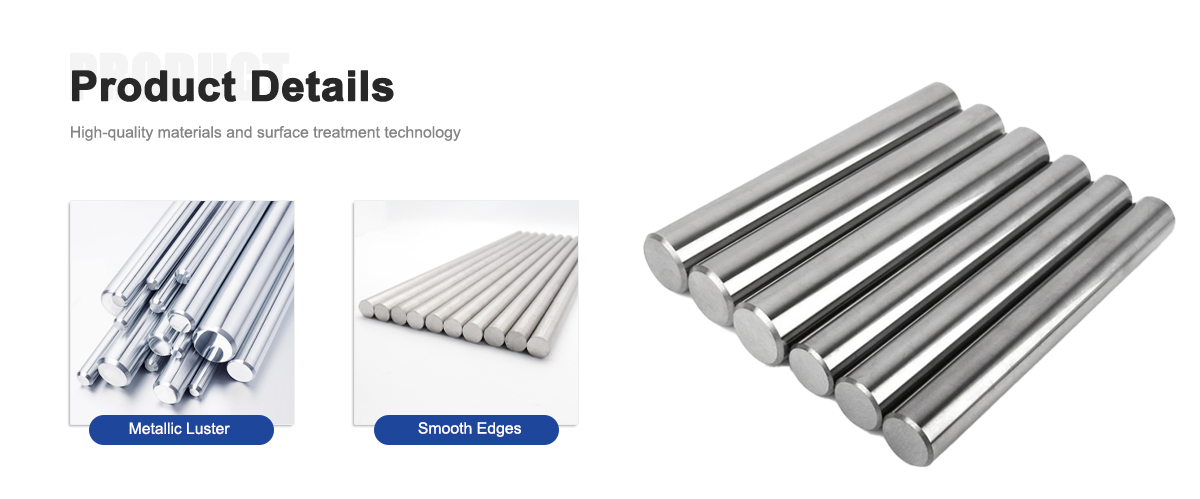
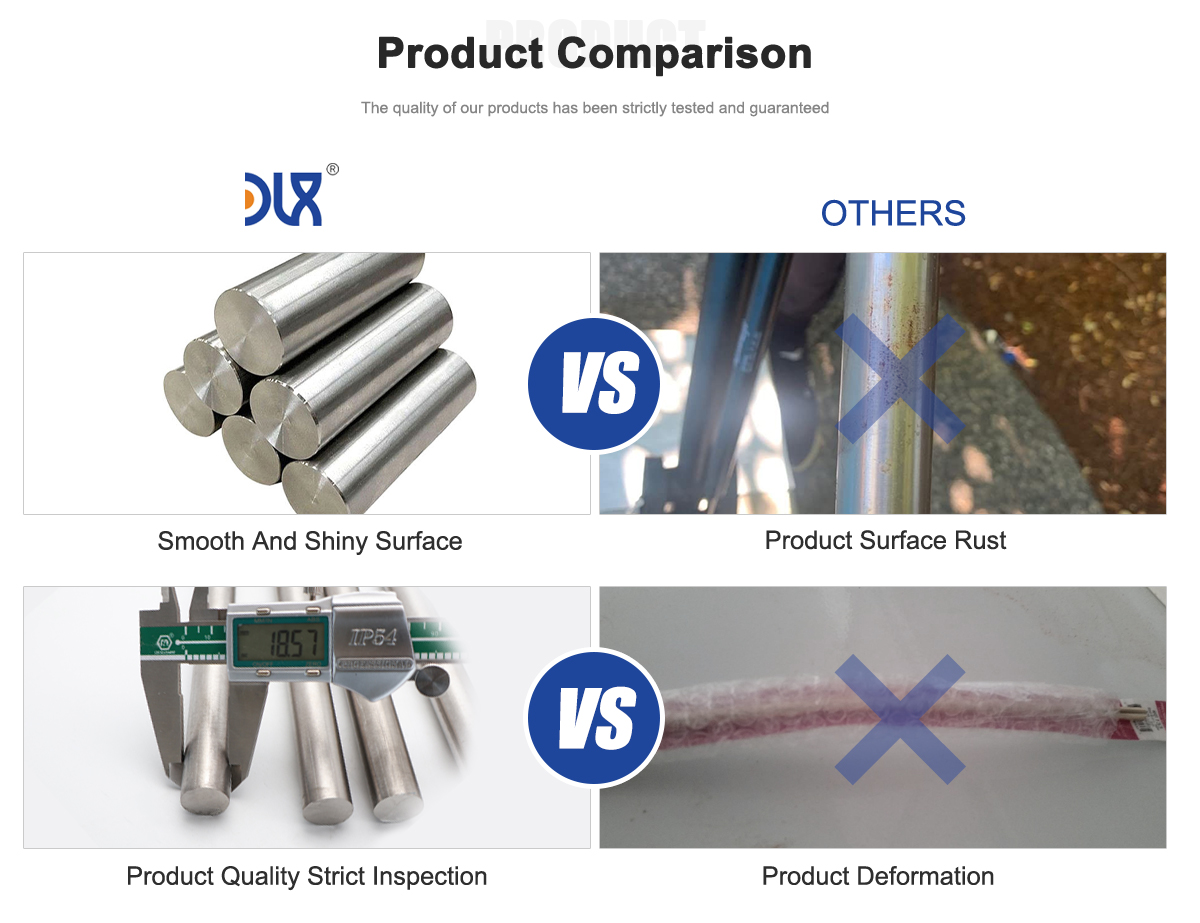
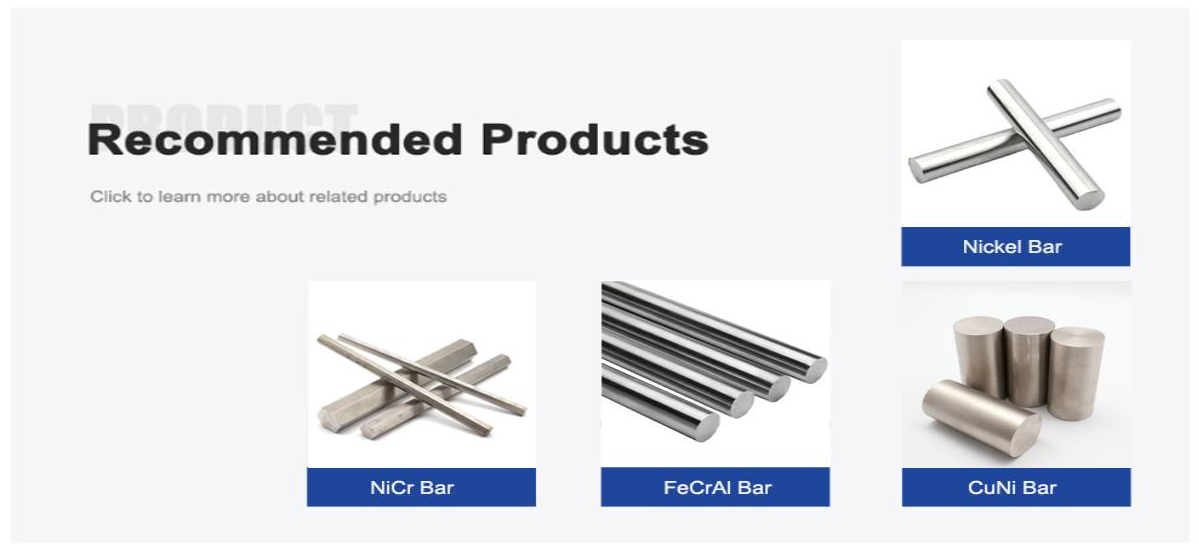
About Us:
Our 12,000㎡ factory is equipped with complete capabilities for research, production, testing, and packaging. We strictly adhere to ISO 9001 standards in our production processes, with an annual output of 1,200 tons. This ensures that we meet both quantity and quality demands. Furthermore, all products undergo rigorous simulated environment testing including high temperature, high pressure, and corrosion tests before being dispatched, ensuring they meet customer specifications.For all our clients, we offer timely and multilingual after-sales support and technical consulting, helping you resolve any issues swiftly and efficiently.
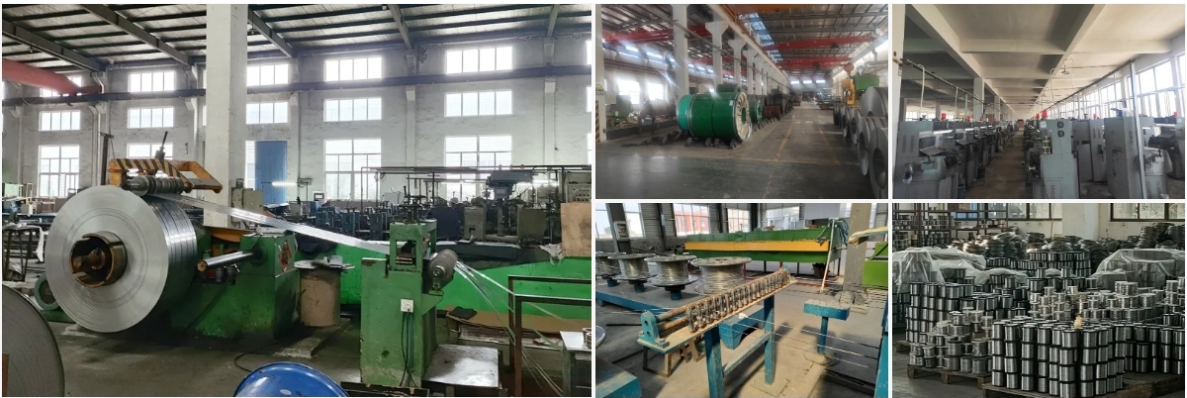
Client Visits
Building Stronger Partnerships
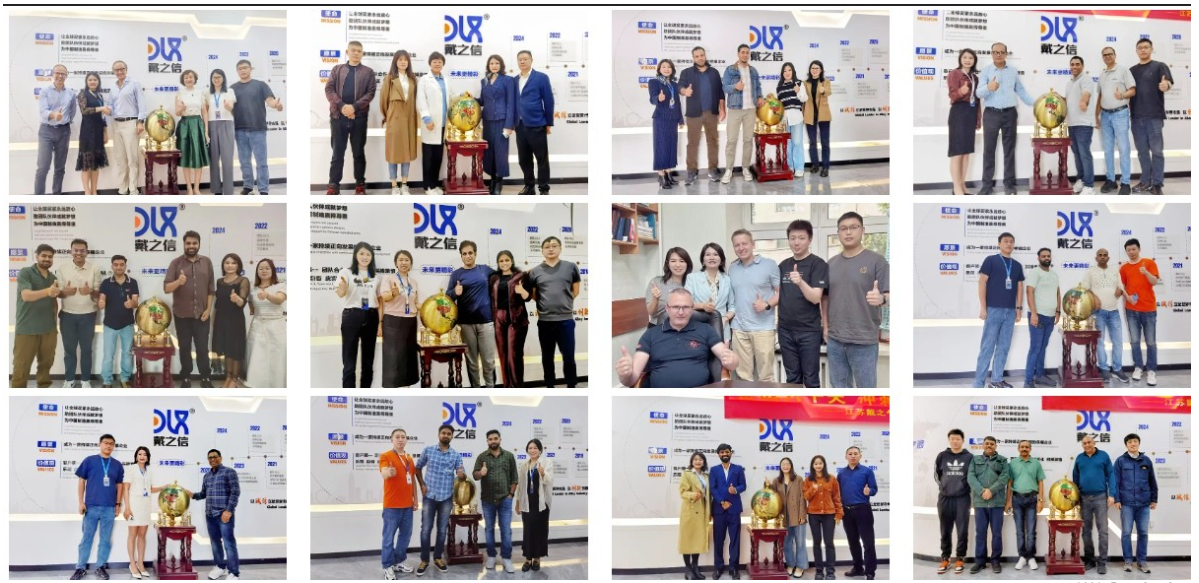
We support all kinds of testing:
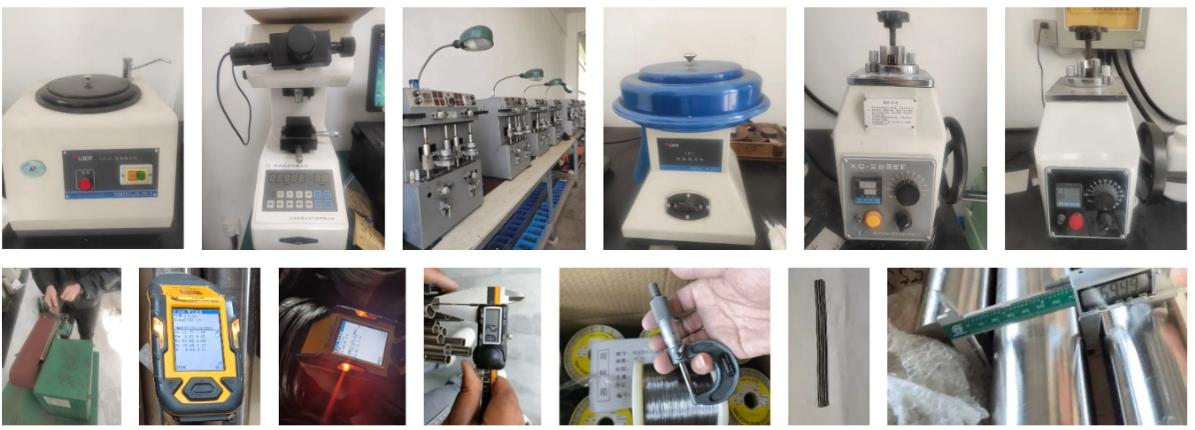
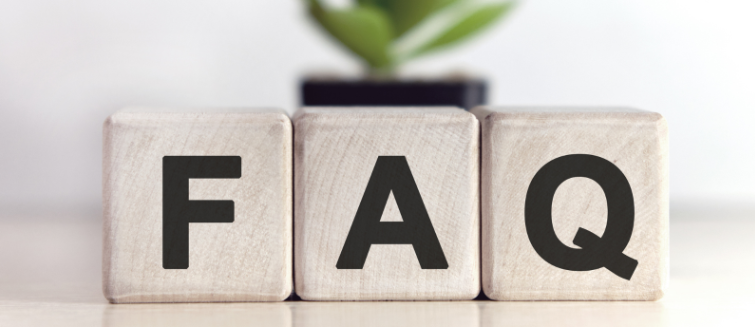
FAQs
1. What makes 0Cr27Al7Mo2 suitable for extreme temperatures?
Its combination of high chromium, aluminum, and molybdenum ensures superior oxidation resistance and creep strength up to 1400°C.
2. What is the role of molybdenum in this alloy?
Molybdenum enhances high-temperature strength and prevents deformation under long-term thermal exposure.
3. Can it be used in both oxidizing and reducing atmospheres?
Yes, it performs best in oxidizing conditions but maintains stability even in mildly reducing environments.
4. How does 0Cr27Al7Mo2 compare with standard FeCrAl alloys?
It offers better oxidation resistance, higher creep strength, and longer service life, especially in demanding furnace operations.
5. What manufacturing methods are used for DLX 0Cr27Al7Mo2 bars?
We use vacuum melting, hot rolling, and precision annealing to ensure uniform structure and resistivity.
6. Is it available in customized dimensions?
Yes, DLX provides bars in various diameters and lengths according to furnace design or heating system requirements.
7. How does it contribute to energy efficiency?
Its stable resistance and prolonged service life reduce replacement frequency, lowering energy and maintenance costs.
8. What industries typically use 0Cr27Al7Mo2?
Ceramics, metallurgy, glass manufacturing, and renewable energy heating systems rely heavily on this alloy.
